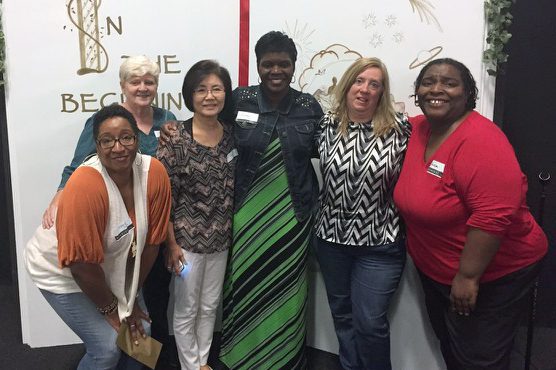Sharper Focus
by Lawrence Shiroma, Major –
Put the axe to the root. (Matthew 3:10)
Fleming Rutledge in Christianity Today (June, 2008) wrote, “Our gospel has not always been big enough to motivate us to go beyond sympathy to actionto addressing such things as factory conditions and the root causes of homelessness.”
Salvationists today face the duality of social service and social action. Sometimes these are confused as one and the same. It goes without saying that The Salvation Army is noted for delivering hot meals and warm blankets to the homeless in winter and providing accommodations for them throughout the year. Social service is an important expression of the compassion of Christ, but there is some debate as to whether it constitutes social action as well.
The term “social action” was a coined by sociologist Max Weber and in broad terms can be defined as, “a movement or reaction in response to an unacceptable norm or behavior, either lawful or unlawful, from a segment of society.”
If our Salvation Army social service is the means by which we “serve suffering humanity,” then social action is the means by which we put our “axe to the root” of the problem (Matthew 3:10).
The following are two well-known historical examples of social action; first confronting an unjust law and second confronting an unsafe work environment:
On a cold December morning in 1955, an elderly seamstress from Montgomery, Ala., violated a local ordinance. By simply refusing to give a white passenger her seat on a city bus, Rosa Parks was promptly arrested. This single act of non-compliance by a brave and courageous woman ignited our country’s civil rights movement.
In 19th century England, workers using toxic white phosphorus in the manufacture of matches suffered a condition known as “phossy jaw.” It began with a toothache and a painful swelling of the gums. Abscesses then formed as the victims’ jawbones deteriorated, causing horrific pain and unendurable agony.
The Army’s social service response to the disease of “phossy jaw,” no doubt included the provision of medical assistance and ongoing aid and support to families. But William Booth also chose to put the “axe to the root” of the condition through social action.
On behalf of the match workers, General Booth opened up his own match factory, employing over 100 workers. His matches, tipped with safe red phosphorus, were sold under the brand name, “Lights in Darkest England.” The success of the Army’s enterprise led to outlawing the use of white phosphorus in 1912.
Perhaps more so than any other church or denomination in the world today, social action is part of our heritage and defines who we are today. In light of this, should we consider attaching a fourth point to General John Gowans’ definitive three-point triangle, transforming it into a Wesleyanesque quadrilateral?
The four-fold purpose of The Salvation Army would then read:
1. Serve suffering humanity
2. Win Souls
3. Grow Saints
4. Confront human suffering.
Salvationists today face the duality of social service and social action. Is there a need for a Salvation Army Matchbox Company in your community?












